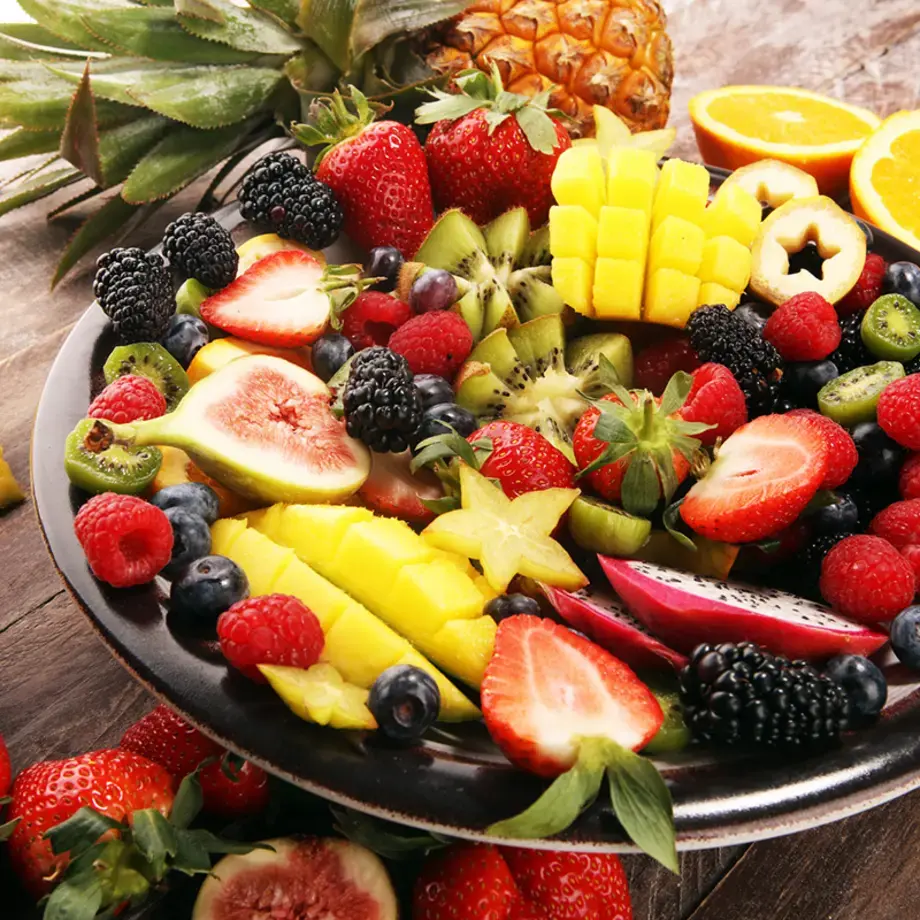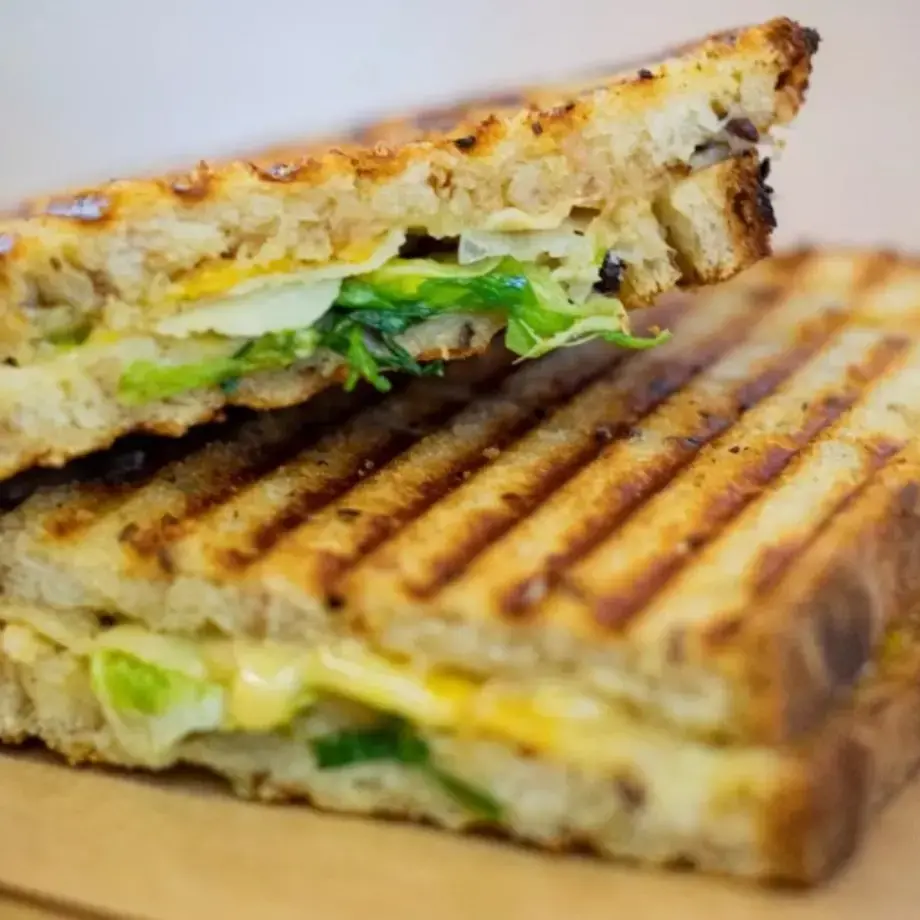
Runkel Carrot & Porcini Mushrooms by Marco Müller
Carrots: 4 each
Butter: 1 piece
Garlic: 1 clove
Onion: 1 each, sweet
Bay: 1 leaf each
Vanilla extract: 1 each
Coriander: 1 each
Butter: 1 tbsp
Mushrooms: 4 each, porcini
Shallots: 2 each, peeled, sliced
Port wine: 50 ml, white
Madeira: 150 ml
Broth: 100 ml, chicken
Bay
Thyme
Rosemary
Marjoram
Oil: 2 tbsp
Salt
Peas: 500 g
Sugar: 1 tbsp
Butter: 1 tbsp
Broth: 35 ml, chicken
Lemon juice
Carrot juice
Mushrooms: 12 each
Butter: 1 tbsp
Marjoram: 2 sprigs
Garlic: 1 clove
Oil
Marco Müller from Wein Bar Rutz shared with FDL the recipe for porcini mushrooms with carrots and peas.
The idea behind this dish is to cook the carrot sautéed in butter until it dries out; the carrot will give off 50% of the water it contains and gain 50% more flavour, so that it tastes like an aromatic buttered carrot. Peel the carrots and put them in a pot with the butter.
Cook over a low flame (level 3), checking that the butter does not overheat and burn. Cook the carrots for 1 ½ to 2 hours in the butter so that they give off liquid (milk) and take on colour. Turn the carrots regularly so that they “colour” on all sides.
Turn off the heat before the butter gets too dark and add the other ingredients; set aside for 30 minutes, dress with a little white balsamic vinegar, cut the carrots lengthwise and add a little salt.
Put the butter in a frying pan and cook until slightly golden. Add sliced mushrooms and sauté with shallot and garlic, and then add Port, Madeira and broth. Cook over a low flame, and add herbs fifteen minutes before it is done. Remove from heat, set aside for two hours and then filter with a sieve. Add salt and pepper and olive oil to ensure good flavour and velvety consistency.
Remove peas from pods, scald briefly in boiling water and cool in very cold water. Dissolve the sugar in a saucepan, add the butter and thin with chicken broth. Cook until creamy in consistency. Add peas, stir briefly, dress and – at the very end, to ensure that the acid will not damage their green colour – add lemon and carrot juice.
Heat the frying pan well (to permit optimum sautéing). Add a tablespoon of olive oil and arrange the cleaned mushrooms in the pan with the cut part facing down. Patiently, without turning them over too often, sauté them on one side only, and add the butter, being careful not to burn it. Finish cooking by turning them and adding the garlic, herbs and sea salt. Garnish with nasturtiums (tropaeolum) and a few sweet pea flowers (Lathyrus odoratus).







